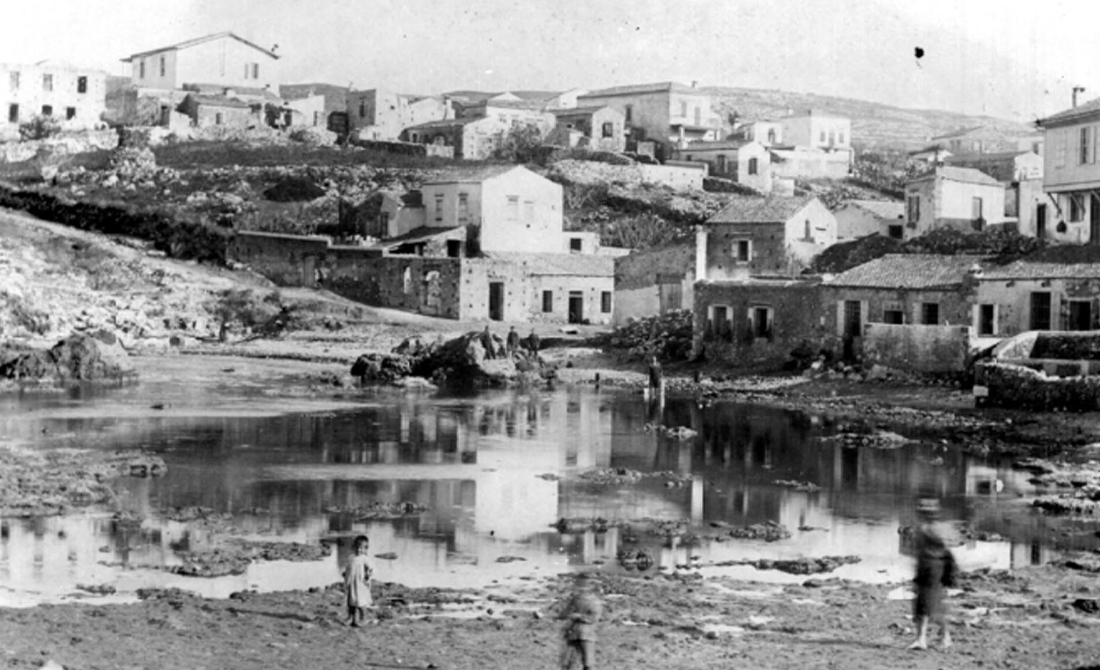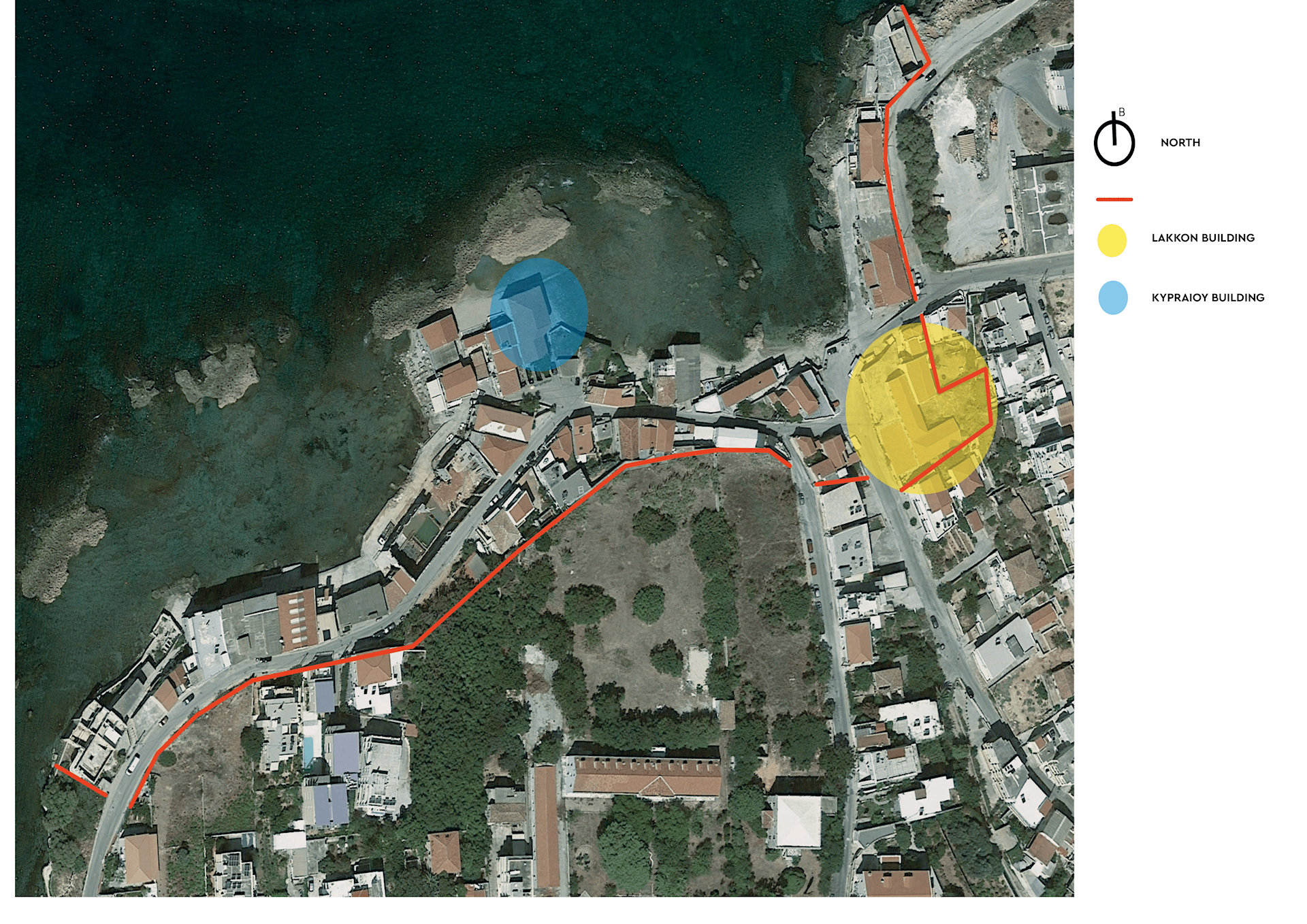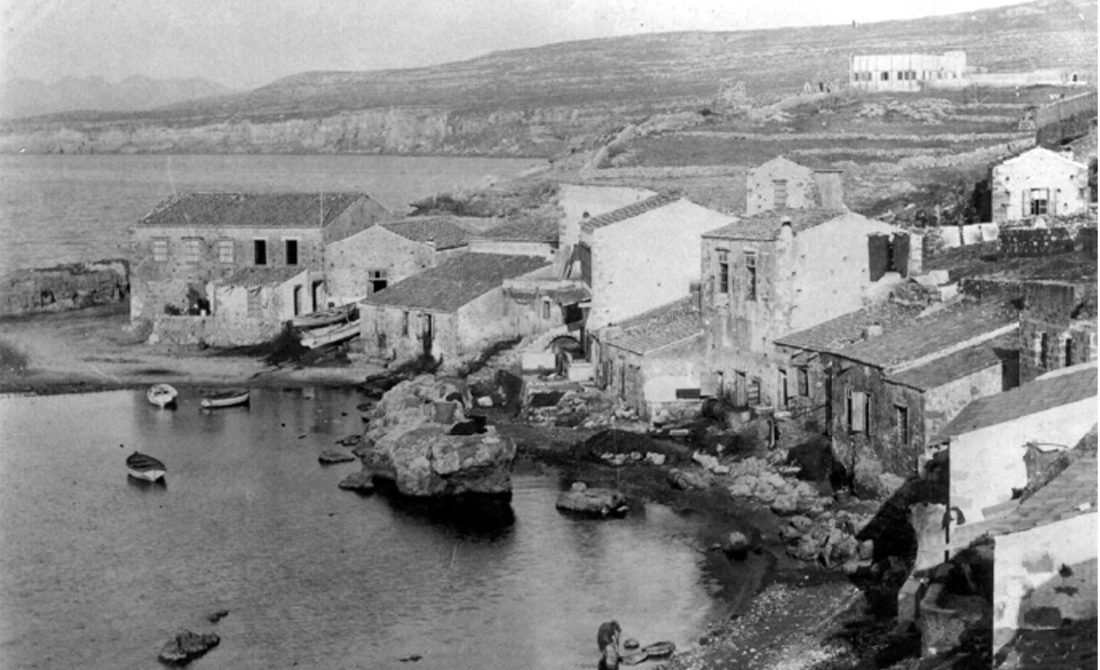HISTORICAL BACKGROUND OF THE AREA
In Chania, the tanneries have been called "Tabakaria" for over a century. A neighborhood almost unchanged over time, it maintains its own architecture with muted colors and tiled roofs, narrow alleys, the solitude of rocks, and the sea. It continues to live its own life, deeply intertwined with the strong smells of leather and tannin, forgotten and indifferent—even still— to the tourist boom of the city that stretches in front of it.
"The Tabakaria, along with Agia Kyriaki, an even more secluded and isolated cove to the northwest, form an industrial complex that began to develop perhaps before the mid-19th century, far from the city walls, on the rocky coastline of Halepa, before it gained its historical character, which became indirectly or directly associated with the historical course of this place."
"The area of Tabakaria on Vivilaki Street, as well as Agia Kyriaki, are a valuable asset for the city of Chania, both materially and immaterially, relating not only to its history but also to its dynamic potential for the future. Our statement aims to contribute to the effort of preserving and highlighting the Tabakaria neighborhood, so that pending issues can be studied and evaluated, and to propose a process that will help in the implementation of as complete as possible a utilization and development of this important complex."
"An effort that aims to find agreement among all stakeholders: central administration, local government, scientific organizations, universities, social groups, residents, and even investors, since all of them converge on the point that the industrial buildings must be preserved, protected, and utilized."
"The nearest settlement outside the walls of the City of Chania was the village of Halepa, where, shortly before the mid-19th century, some farmers from Apokoronas sporadically built near the sea, working as tanners. Turkish and European officials had their summer homes there."
"Halepa is first mentioned as a distinct settlement in 1842. By 1920, it was incorporated into the city of Chania and was no longer referred to as a separate settlement. Since 1920, the Tabakaria have functioned and expanded towards Agia Kyriaki to the east. Between the two World Wars, they experienced a significant boom. Around 1925, industrial modernization took place, and post-war, the tanneries were equipped with new mechanical tools."
"The decline of the industry around 1970, due to the phenomenon of 'deindustrialization,' resulted in the abandonment and desolation of large industrial units in urban centers, forcing businesses to close, and buildings to be abandoned (in some cases, half-destroyed machinery can still be found today). Today, only two tanneries remain in operation, while many of the buildings have taken on new uses (residences, workshops, offices, fish taverns, entertainment centers)."

CURRENT SITUATION OF THE AREA
It is evident that the buildings are privately owned, and therefore, the role of the state and the care for interventions, especially regarding the use of the open spaces, is a crucial issue. Today's visitor, with a simple walk through the Tabakaria neighborhood, discovers a path of memory with the values of the area, and thus, the reason for the necessity of preserving and developing the historical complex becomes immediately apparent.


